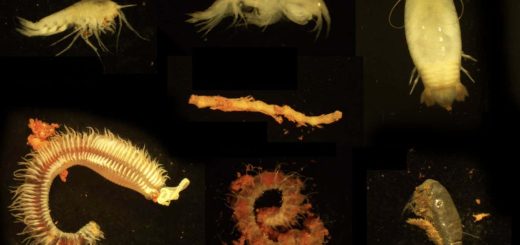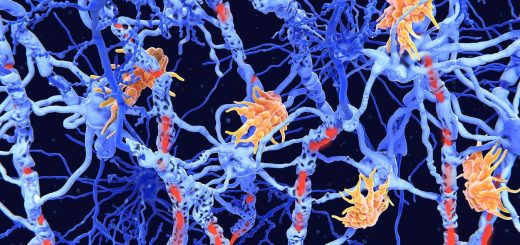Nuclear fusion fuel could be made greener with new chemical process
Lithium-6 is a crucial material for nuclear fusion reactors, but isolating it is challenging – now researchers have found a way to do this without using toxic mercury
By James Woodford
20 March 2025
Illustration of a nuclear fusion reactor
Science Photo Library / Alamy
Limitless power from nuclear fusion may be a step closer following the accidental discovery of a new process to supply the isotope lithium-6, which is vital to providing fuel for a sustainable fusion reactor.
The least challenging fusion process involves combining two isotopes of hydrogen, deuterium and tritium, to yield helium, a neutron and a lot of energy. Tritium, a rare, radioactive isotope of hydrogen, is difficult and expensive to source. “Breeder” reactors seek to manufacture tritium by bombarding lithium with neutrons.
Read more
Chinese nuclear reactor is completely meltdown-proof
Advertisement
Lithium atoms exist as two stable isotopes: lithium-7 makes up 92.5 per cent of the element in nature and the rest is lithium-6. The rarer isotope reacts much more efficiently with neutrons to produce tritium in a fusion reaction.
However, the two lithium isotopes are extremely difficult to separate. Until now, this has only been achieved at a large scale using a highly toxic process reliant on mercury. Due to the environmental impact, this process has not been employed in Western countries since the 1960s and researchers are forced to rely on dwindling stockpiles of lithium-6 produced before the ban.
Sarbajit Banerjee at ETH Zurich in Switzerland and his colleagues have now discovered an alternative method serendipitously, while they were looking at ways to clean water contaminated by oil drilling.


